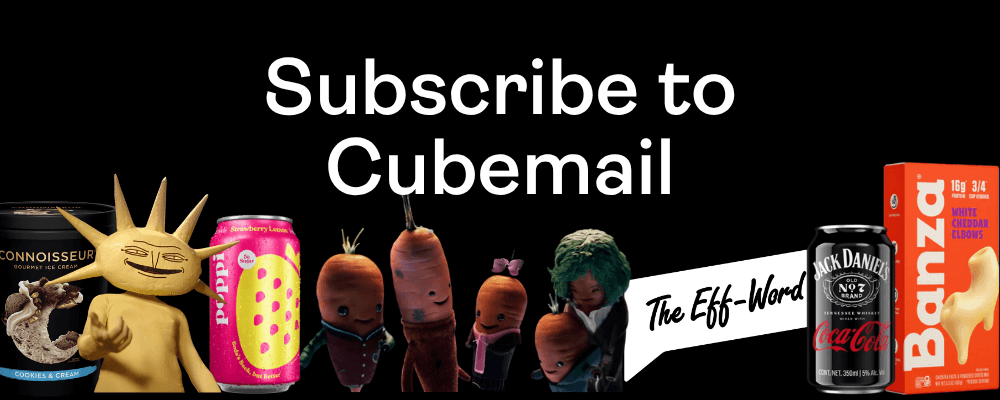
Unfortunately, Internet Explorer is an outdated browser and we do not currently support it.
To have the best browsing experience, please use Google Chrome, Firefox, Microsoft Edge or Safari.
We use cookies to improve your experience on our website. By continuing to browse this website, you agree to our use of cookies. For more information, please refer to our privacy policy.

This is a self-funded case study using our Advertising Testing solution.
During the initial scramble to find the right tone of voice amidst the COVID-19 epidemic, many brands turned to cost-effective, fast-turnaround approaches for reaching consumers on the widest-possible scale.
User-generated content quickly emerged as one of the more popular options – allowing brands to build engaging stories while traditional production pipelines were being disrupted. Using real people – and not actors – was also intended to align better with the current sentiment of the public.
Jack Daniel’s was one such brand to employ this strategy, with their 60-second home-video montage highlighting the creative lengths people are going to in order to maintain social contact with friends, family, and work colleagues. The release of ‘With Love, Jack’ coincided with a 243% surge in online spirit sales, with people stocking up as bars and restaurants closed amidst countries going into lockdown.
To predict an ad’s effectiveness, our framework looks at 3 ‘C’s’:
Like we saw for recent campaigns from Budweiser and Guinness, montage-style videos are not the pre-eminent method for standing out from the crowd. While Jack Daniel’s use of UGC did not buck this trend, people found the home-video format relatable to their own circumstances, subsequently resulting in very high engagement.
Showcasing the lengths people are going to in order to stay connected with loved ones evoked warm-hearted sentiment – befitting of the moving cover of Cindy Lauper’s hit ‘True Colours’. This helped build an emotional connection with viewers that lifted their spirits and inspired them.

Emphasising community – and to a lesser degree, drinking – was befitting of Jack Daniel’s, with the brand having a reputation for being ‘laid-back’ and ‘sociable’.
However, overall branding was held back by Jack Daniel’s lacking a prominent or meaningful role in the narrative. Failing to establish Jack Daniel’s as the enabler of social connectivity led to some confusion over its purpose, subsequently impeding attribution.

The uplifting message around staying connected with loved ones during difficult times was the central take-out from the ad, with people attaching associations such as ‘caring’ and ‘compassionate’ onto Jack Daniel’s. The vast majority found the approach genuine and unique – a function of the ad featuring real people.
Although Brown-Forman (Jack Daniel’s parent company) announced a $1 million commitment to support the battle against COVID-19 along with switching production lines to manufacture hand sanitiser, ‘With Love, Jack’ didn’t inform viewers of this.
This isn’t to suggest that the brand should’ve gone down the path of overtly referencing this generous contribution. However, without a newsworthy reason for speaking out on the topic or offering an informative perspective, some people were left feeling cynical about the brand’s intentions.

Despite their backs being up against the wall, Jack Daniel’s ‘With Love, Jack’ performed extremely well overall. As the brand clearly proves, user-generated or stock footage can afford advertisers tremendous flexibility and agility without compromising the strength of messaging.
However, a key lesson for marketers is that sincerity and authenticity take on even greater significance during periods of hardship, with consumers’ sensitivity toward the intentions of brands being heightened. While the highly emotional story positioned Jack Daniel’s as supportive and caring, it could’ve been more effective if the brand was given a greater purpose.

We were supported by leading market research technology platform Cint to collect data from respondents in the US.
Want to test your own advertising, packaging, or product ideas? Cubery combines a team of creative effectiveness experts with cutting-edge technology, bridging the gap between creativity and commercial impact. Get in touch to learn how we can unlock growth for your brand.
